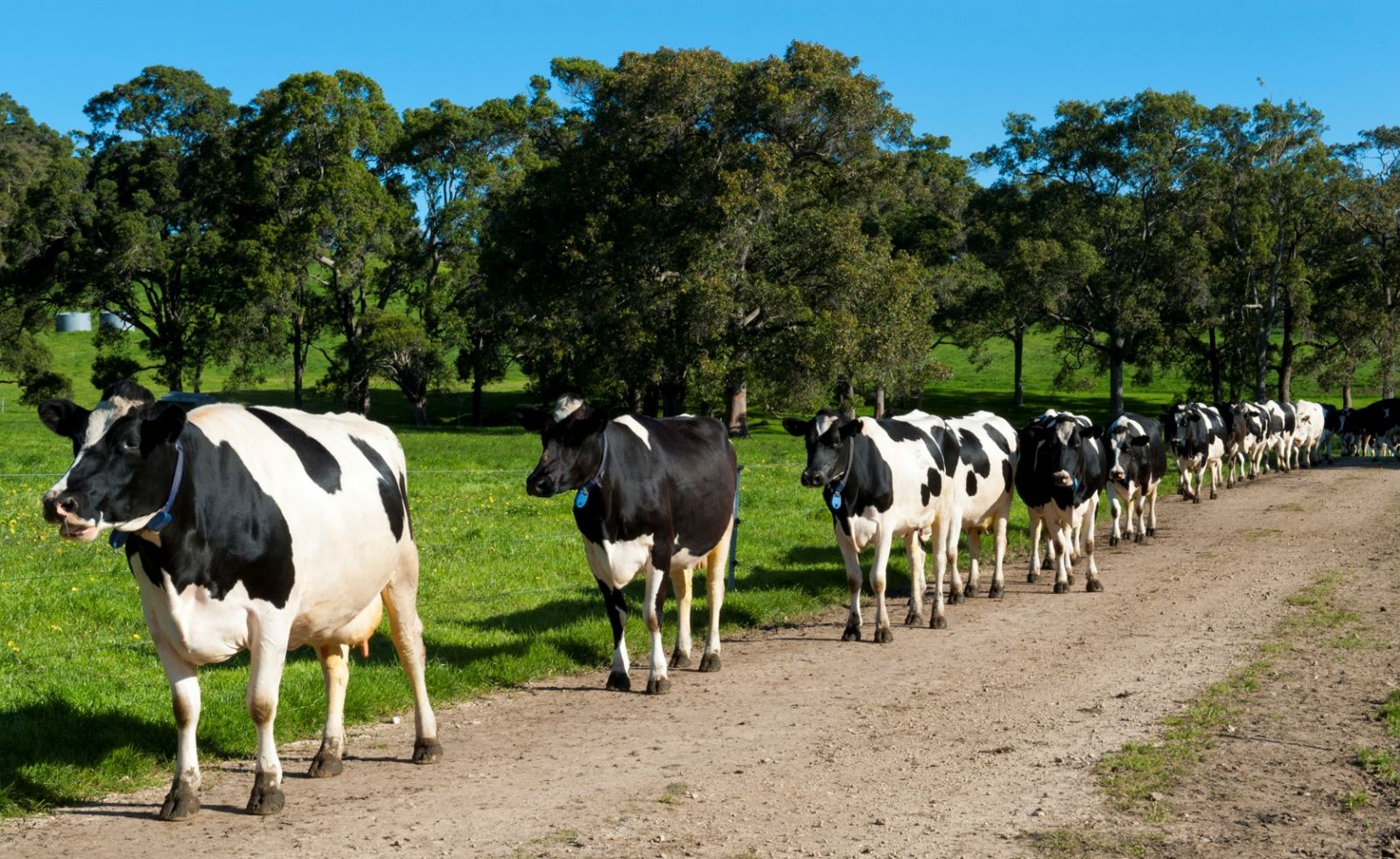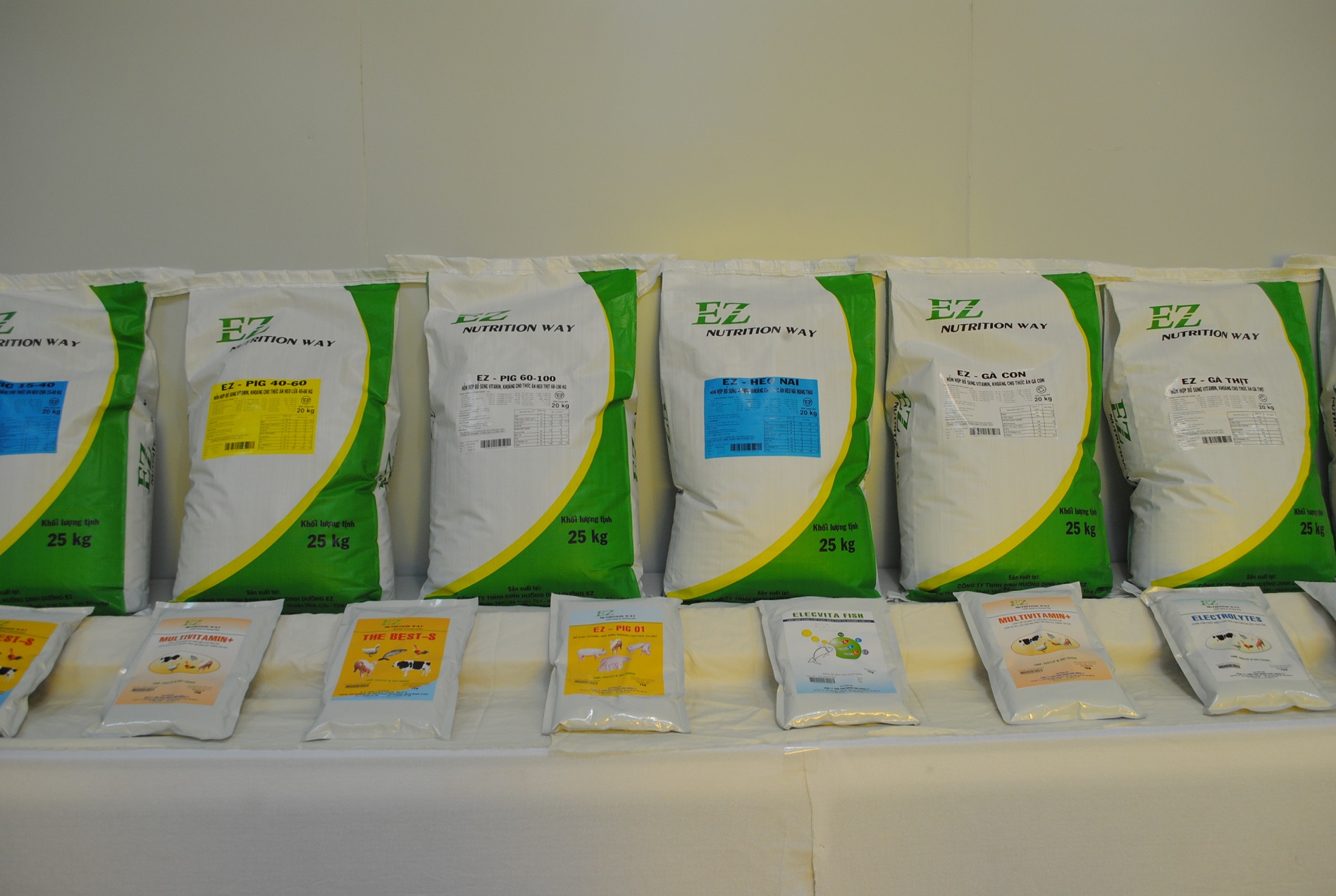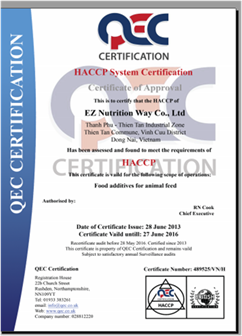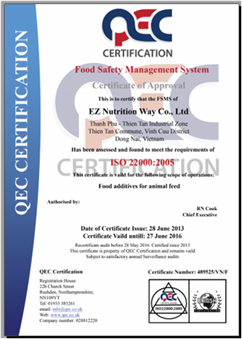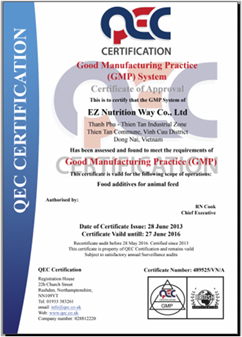Animal feed import reduction necessary for VN
 |
| Workers pack animal feed products in the northern province of Thai Nguyen. The country needs to develop local sources for animal-feed to reduce the overwhelming reliance on imports and keep the market stable, experts say. — VNA/VNS Photo Tran Viet |
Though the country is agricultural, most inputs like maize, soybean, and fish powder are imported.
Le Ba Lich, chairman of the Viet Nam Feed Association, said the country spent more than US$2.5 billion to import eight million tonnes of raw materials for animal feed last year.
Lich said this is a consequence of the country not paying adequate attention to developing crops required for making animal feed in the last few years.
With its high population density, Viet Nam must have plans for cultivating each kind of crop, agricultural experts said.
Before 2000 the cultivation of rice to ensure food security was a top priority, but now the country should gradually move to other crops, they said.
The reliance on imports has been causing a great deal of volatility in animal feed prices in recent years, causing difficulties for farmers.
Tran Thi Minh Diep, owner of a pig farm in the Mekong Delta's Tien Giang Province, said she had to reduce the number of animals she breeds since feed prices have been rising but not pork prices.
There are 194 firms in the feed industry, of which only 15 are foreign-invested or joint ventures, but they account for 65 per cent of market share and basically determine prices.
According to analysts, producers will break even at VND8,000 per kilogramme of feed, but most products in the market are sold at more than VND11,000.
Long-term policy needed
Lich said to grow the crops required for the feed industry, the agricultural sector must have long-term plans.
"Viet Nam currently has more than one million hectares under maize with an average yield of four tonnes each.
"We must strive to increase the area to 1.7 million hectares and use new seeds to raise productivity to seven tonnes per hectare, the norm in other countries," he added.
The sector must also invest more in harvesting and processing technologies to improve maize quality, and the Government should offer incentives to encourage investment in processing, he added.
Pham Dong Quang, deputy head of the Crop Production Department, said his department has envisaged increasing the area under maize from 1.1 million hectares to 1.5 million hectares under the development plan for the sector for the period through 2020.
It is also planned to use new strains of the grain and technologies to improve productivity, he said.
Farmers would switch from rice to maize in low-yield areas in the northern, central, Cuu Long (Mekong) Delta, and south-eastern regions, he said.
As for green feed for cattle, he said localities must expand grass cultivation in mountainous areas and on infertile and forest lands.
The Government should reduce import taxes on the inputs needed for animal feed and provide businesses with low-interest loans for buying and processing agricultural produce to make animal feed, experts said.
They also suggested that the animal feed sector should maximise use of local materials, including straw and sugarcane waste to produce cattle feed and low-quality rice to produce other kinds of animal feed. — VNS
- Zearalenone and Reproductive Function in Farm Animals
- Swine Feed and Nutrition
- Common Poultry Diseases 1
- NUTRITION WAY on the way to self-innovation and improvement
- Vietnam seafood exports to reach US$1.7 billion in QIV
- Healthy appetite for animal feed raw material imports
- Tien Giang announces A/H5N1 flu on poultry
- City council to vote on backyard chickens
- Breeding and feeding get closer in next 10 years
- Reducing dietary crude protein levels in growing pigs



